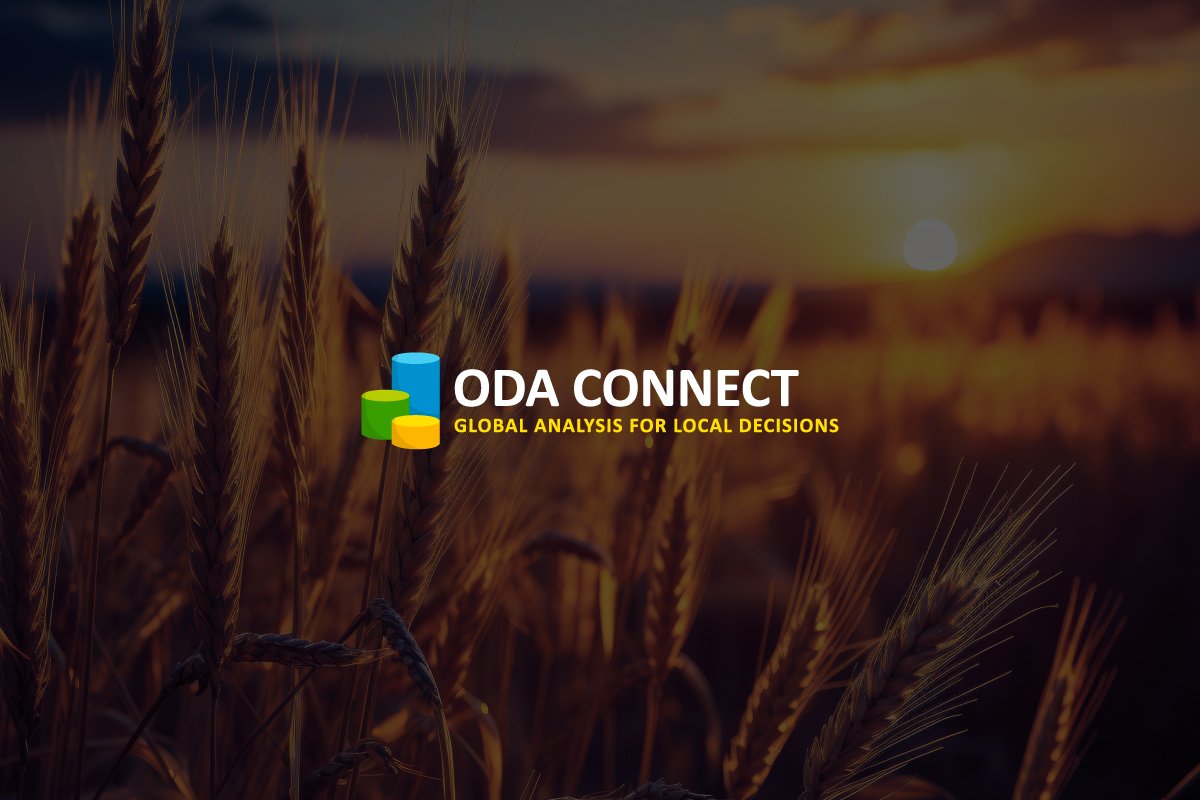The very negative impact of the war in Ukraine on European wheat prices…
Following on a straight fall since November 2022 wheat prices have stabilised around their lows, with very little volatility since harvest. UK prices are stuck below the psychological level of £200 and EU prices now trade below the strong support of €230. Low wheat prices rely mainly on strong and cheap Black Sea supplies leading to sluggish EU exports. We will see here how the war is directly and negatively impacting farmer’s ex-farm prices in Europe and the UK.
Black Sea wheat exports account for nearly 40% of the total world trade. As they were considered at risks in 2022, markets rose to unprecedented levels. They are now not only more abundant but also cheaper than before the war. This is mainly due to the collapsing ruble (60%) and hryvnia (-25%) against the dollar. As such, both Russian and Ukrainian exports are far more competitive than they were before the war. Just because of the massive currency impact!
Our wheat markets have no other option than to adapt. We have lost, considerably, in this price competition and EU exports are currently down 30% (3MT) from where they should be. Without export demand, MATIF & LIFFE prices simply cannot go up.
But it is not only about slow exports. It is also about massive wheat imports into the Eurozone. Before the war, the EU was importing very little wheat and volumes were limited by quotas. Things have changed now as Ukrainian wheat has an unlimited access to EU markets. For instance, in 2021/22 the EU imported 2.5MT of wheat. Imports went massively up since the war started to 9.2MT in 2022/23 and probably more than 10MT in 2023/24. These additional 8MT are considerable, they represent a 400% increase and 30% of our regional total export surplus!
So, not only do we export less but we also import more! This is the cost of solidarity we are paying to help Ukrainian people. UK and EU farmers are indeed directly contributing to financing the war effort! Fair enough, but it is be better if it is known and clarified.
Now that we understand better why EU & UK prices are capped, we more clearly understand that prices have been trapped between a price floor (high cost of production) and strong competition. Thus why volatility has been so low.
What could change this situation? We know that ag. markets can turn very fast. We will thus continue to watch for currency levels, Black Sea logistics, Russian market interventions (price floors, quotas, elections) and EU exports. Other commodities can also impact wheat prices and we will particularly watch for the Brazilian corn potential to be planted in February after a very delayed soya planting.
Sebastien Mallet / ODA UK - CEO
sebastien.mallet@oda-agri.com
Main Office: +44 1223 894 791
Mobile: +33 6 82 83 71 87

